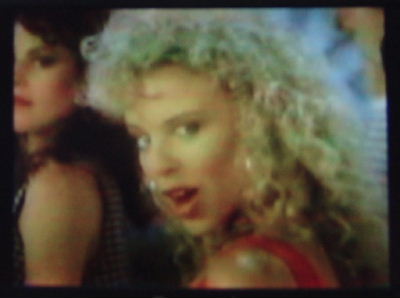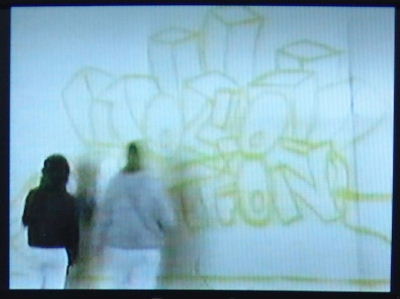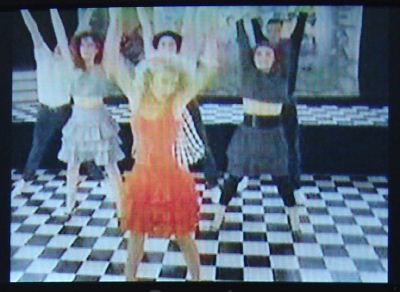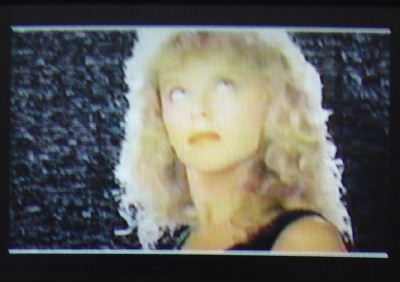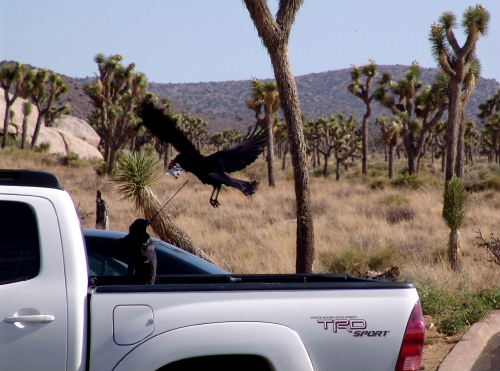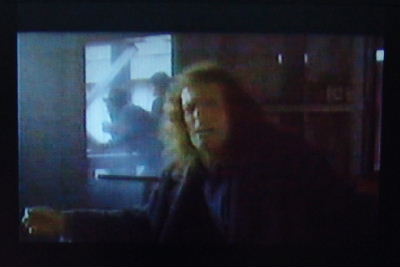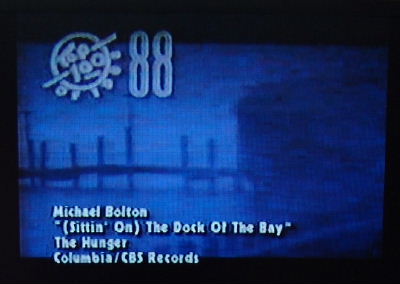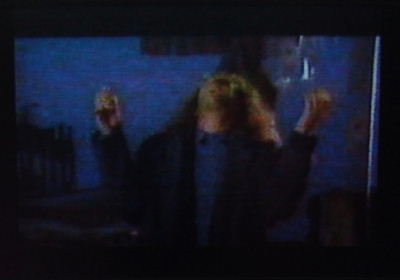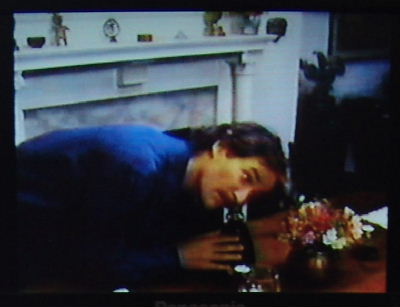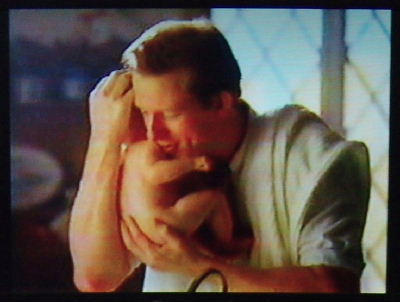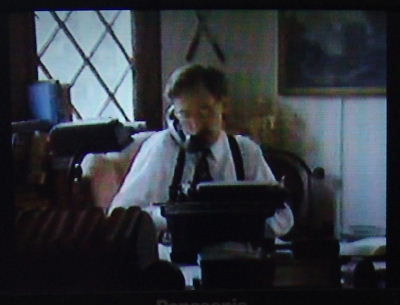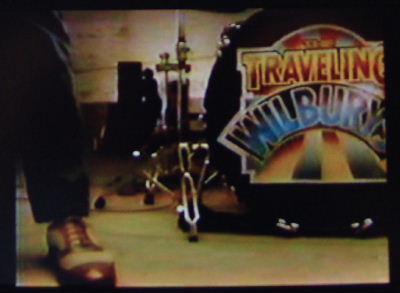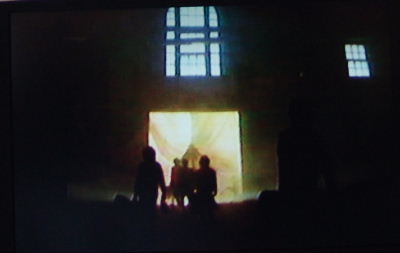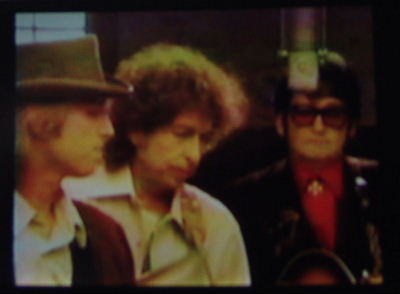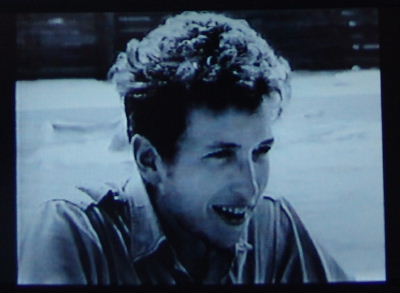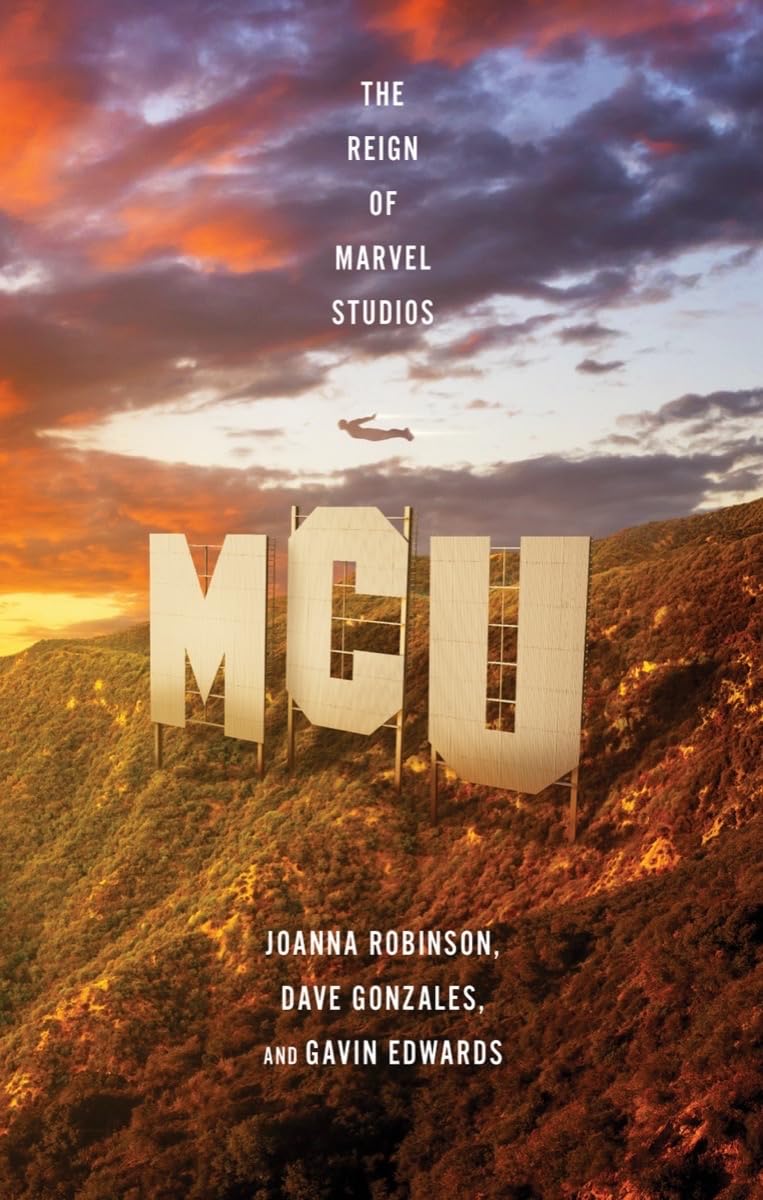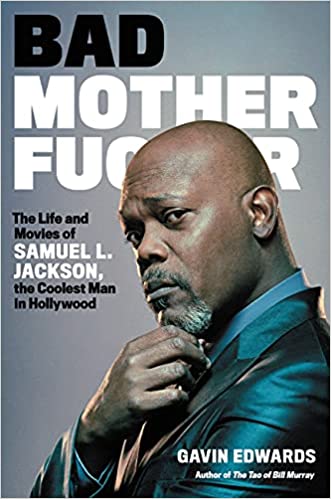1988 Countdown #87: Kylie Minogue, “The Loco-Motion”
Inside my skull, Kylie Minogue is Exhibit A for how the pleasures of pop music can be contextual. If I had spent the last twenty years living in London or Sydney, I would have heard Kylie’s countless singles on the radio, seen her tweak her image in dozens of videos, and read lots of glossy magazine articles about her start on an Australian soap opera and her relationships about Michael Hutchence and Nick Cave. Odds are, I’d revere her as a pop-music provocateur second only to Madonna.
But I lived in the USA. (Well, I spent 1998 in London, but she didn’t have an album out that year, so I didn’t even get a crash course in Kylieology; I did become a fan of Robbie Williams, another global superstar who rarely surfaces on the US charts, and hence enjoy their duet “Kids.”) For most Americans who weren’t trolling the imports section of their record store, the Kylie story was basically this: fluky hit cover of “The Loco-Motion,” then nothing until 2002, when she reappeared with the hypnotic dance groove “Can’t Get You out of My Head.” Missing out on her career is probably our loss, but I can’t say that it stings.
“The Loco-Motion” was written by Gerry Goffin and Carole King; they got their babysitter, 16-year-old Eva Boyd, to sing on a demo so they could pitch the song to Dee Dee Sharp, who had just hit #2 with “Mashed Potato Time.” Mogul Don Kirshner liked Boyd’s vocals enough to release it as a single–when it topped the charts, “Little Eva” had to make up a dance to go along with the lyrics.
At the beginning of her career, Kylie Minogue hooked up with the songwriting/production team Stock-Aitken-Waterman, a three-man musical assembly line responsible for chirpy uptempo hits for Rick Astley, Bananarama, and about eight thousand other Brits. Their trademark sound was a pop version of the dance movement called “hi-NRG,” and that’s what we get on Kylie’s version of “The Loco-Motion.”
Opening shot: Kylie walks away from a private airplane with a small entourage trailing behind. There’s a jacket over her shoulder and a bounce in her step. We cut to a time-lapse video of some third-rate graffiti artists tagging a wall with a stylized “LOCO MOTION” logo. As a cultural reference, this feels about a decade too late to be hip, but maybe the Brits came late to graffiti? (They eventually mastered it, judging by the career of Banksy.)
Kylie strides through the airport, with a knot of twenty fans following her. She’s got her hair up, sunglasses on, and a big show-biz smile. Cut to a dance sequence, wherein we learn that Kylie has a bountiful mane of curly blonde hair and a toothy grin. She’s wearing a red tanktop and a red bow in her hair; they both match her lipstick. Lots of quick cuts: More graffiti. We see three backup girls–apparently hats and suspenders were fashionable for British girls in 1988. Kylie in red stands in front of a blue background, doing some minimal dancing (really, she’s just shimmying). She seems awkward and wholesome. She acquires six backup dancers, three boys and three girls. One of the girls has a short-cropped blonde haircut and looks a bit older; since she seems to be leading some of the dance routines, my guess is that she’s the choreographer. As in the video for Rick Astley’s “Together Forever,” a black-and-white tile floor is featured prominently, perhaps funded by the Council for Fifties-Themed Diners.
Some slightly more complicated dance moves for Kylie: she throws her hands in the air (but does not wave them around, so we cannot be clear whether she just doesn’t care) and then spins around twice. (In the middle of that sequence, through the magic of editing, she switches into a black top and a bomber jacket.) We see Kylie in what looks like a studio, singing into a microphone; this part is visually dull enough to suggest that it’s authentic documentary footage of the song’s recording sessions. (It’s probably not, though–the lighting and makeup are too polished.) Kylie leans over the mixing board and playfully fiddles with some of the knobs.
Back to the dancing girls. Kylie pulls out a camera and takes a picture of them. More quick cuts of previous scenes (graffiti, the studio), and then a “dance rehearsal” where Kylie wears a black sports bra and a leotard, showing off her midriff. Some more quick cuts lead us to Kylie in front of a wall of static. The screen shifts to letterboxing, with black bars on the top and the bottom. Kylie, evidently a fan of pan-and-scan, flicks away the black bars with her index finger. The director is apparently pleased by this visual joke and how it punctures the pretensions of rock artistes with their fancy widescreen videos–so much so, he repeats it five seconds later.
A roundelay of jump cuts takes us through the settings we’ve seen before, much like channel-surfing at the end of the night before you give up and go to bed. Kylie’s lipstick seems to be getting redder and glossier as the video continues. We’re now also seeing some quick clips of “behind-the-scenes” action: the choreographer gets excessively hairsprayed, Kylie attempts a quiet, pensive look (she doesn’t succeed). Somebody hits fast-forward and we see sped-up video of the dancers moving around like spastic marionettes on amphetamines, which suits the music remarkably well.
Kylie Minogue’s version of “The Loco-Motion” hit #3 on the American pop charts (and went gold, hitting #1 on the sales charts). You can watch the video here.
posted 22 July 2008 in 1988. 5 comments

